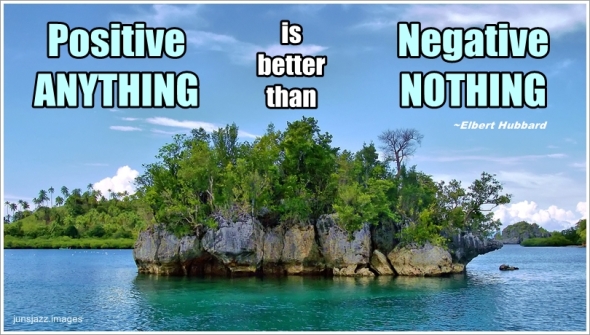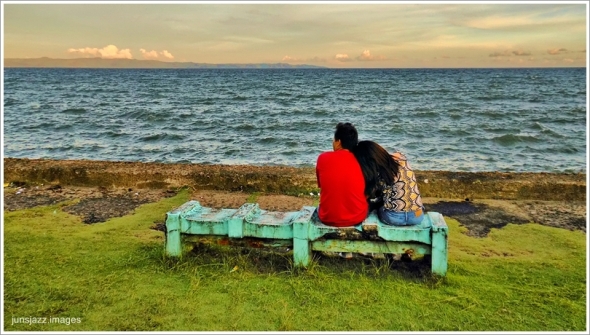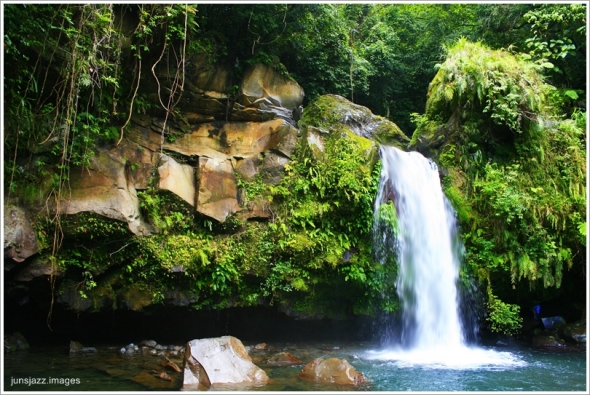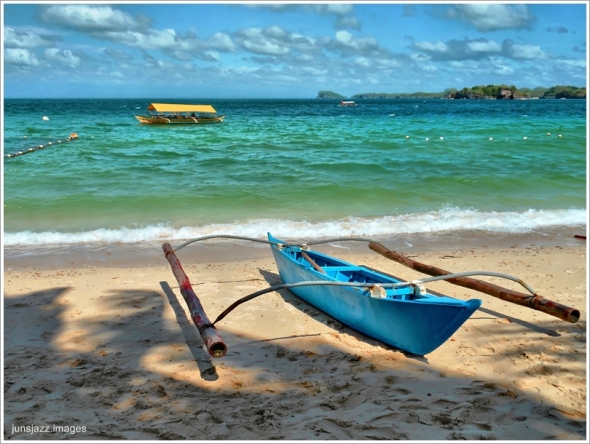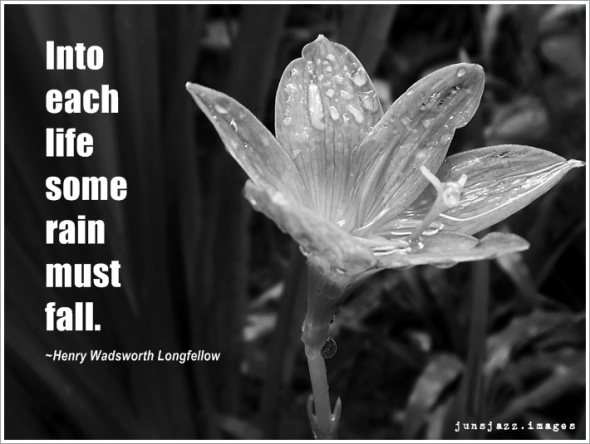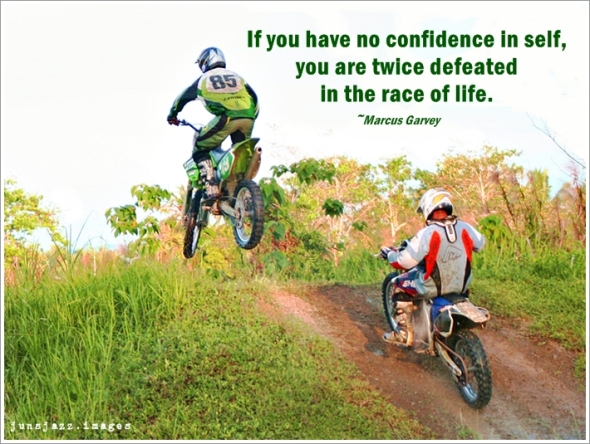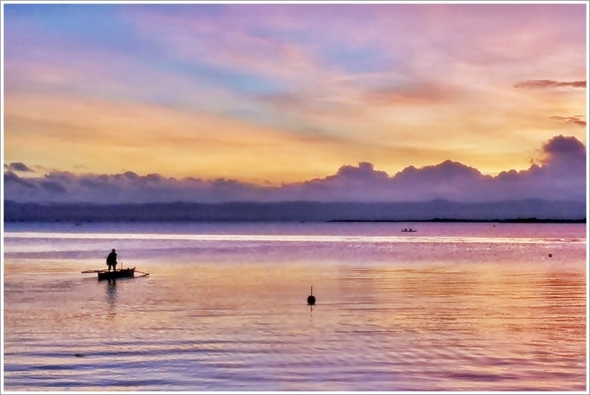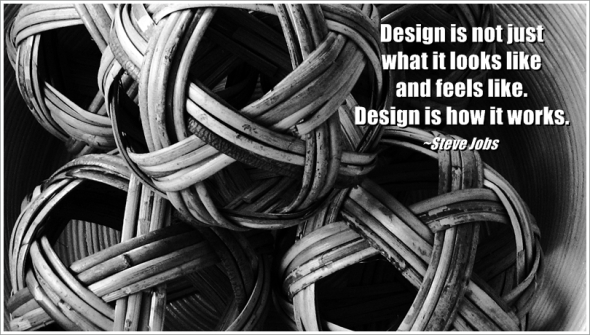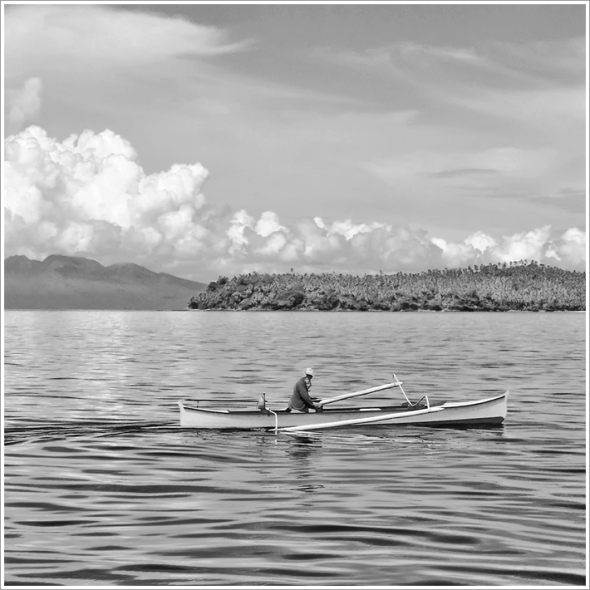Today, June 30, is the fiesta celebration of my home city of Tacloban in the central Philippines. It is highlighted by the Sangyaw (local word for dance) Festival. It is a dazzling street parade showcase of pomp and pageantry, of costumes and choreography. This was taken in 2011, the last time I was in Tacloban. If you follow world news, Tacloban City may sound familiar to you. In early November 2013, it was ground zero and in the direct path of Typhoon Haiyan, a category 5 super typhoon, the strongest cyclone to hit land packing sustained winds of 315 kph. It left more than 6,000 dead and over 1,000 missing, most of them in Tacloban. Today, after a year and a half, I have heard the city has recovered from the devastation. And I hope the celebration this day will continue the tradition of people carrying those festive smiles, graceful poses and a resilient spirit. God bless them!
Latest
Developing your creative eye
With millions of images uploaded to social media and photo sharing sites everyday, you would want at least your images to be original and expressive of your style or vision. You want to produce creative images that will not only get the attention of your audience but also satisfy yourself. To do that you have to find and develop that “creative eye.” Here’s how:
1. Observe
Observation is always the first step before you ever frame your subject, compose your shot or press the shutter. Our eyes are precise machines that take in 260 degrees of horizontal field of view including peripheral vision, at 120 megapixels of high-def resolution. We have the power and facility to observe. The problem is that we are easily distracted. We fail to focus. Hence, we miss details, we miss decisive moments, we miss the light, the lines and other photographic opportunities and elements that would have otherwise made for an interesting image. Learn to hold still and concentrate on your surroundings. Being visually aware is one of the attributes of creative photographers.
2. Practice
It may be a cliche, and practice may not lead to perfection. Yet anyone will tell you that taking time to practice will help you develop your craft. Experts will always say take lots of pictures. We are now not limited to a maximum of 36 exposures in a film roll. Shoot to your heart’s content as much as your memory card can allow. Practice with your shots and practice with your camera. Do not be satisfied with snapshots, everyone is doing it. Aim for photographs of value. Bring out the artist in you, for as you do, creativity will follow.
3. Experiment
Explore your camera’s built-in shooting modes and creative filters. Take panoramic, landscape, portrait, normal shots and those with different aspect ratios. Crop in-cam, zoom, close in, fill the frame, go wide, compose, pan, frame your subject. Get that tripod and go for long exposures or low-light conditions. Attempt to learn, to probe and to understand. What you can do in photography will only be limited by your imagination.
Having a creative eye sometimes come naturally to some people. Others struggle to create compelling images. But always it can be developed. You know the approach and have the means and tools in your hands. Be patient and keep on clicking!
Where do I get inspiration for my images?
As for all the arts and works emanating from the heart and mind, we need that spark for our creations. Like wordsmiths who can have writer’s block, image-makers on occasions can also feel unimaginative and face a blank canvas. Here’s how I counter such moments of drudgery and awaken a sleeping creativity.
1. Go on location
The most enthusiastic lensman can capture exquisite images right from his home or backyard. But sometimes it takes a trip outside into the big wide world to give us photographic ideas and insights. Nature never fails to inspire the artist in us. It may not be a grand adventure or expedition but simply a walk in the beach, fishing by the lake, a picnic on a forest reserve. The breath of fresh air and views of new surroundings is sure to stimulate senses and get you grabbing that camera, seeing the world through the viewfinder.
2. View works of the masters
Bless the internet as we can see in an instant the works of the legends – Ansel Adams, Henri-Cartier Bresson, Diane Arbus, Annie Leibovitz and many more. Professionalphotographer.co.uk lists 100 Most influential photographers of all time with links to their works. I get a kick reading on their biography, how they started in photography and how they found their style. Viewing their masterpieces, for me, is an enriching experience. We may never get to reach their level, but surely we can learn a thing or two from their pioneering and innovative efforts.
3. View works of enthusiasts
The masters may teach us, yet it is the works of like-minded photography enthusiasts that influences me and keeps me grounded on reality. At this time when everyone with a smartphone can snap any picture, I actually explore Flickr and other photo sites as well as pages of photo bloggers here at WordPress, looking out for those exceptional images that stand out. I read about the photographer, their experiences, the camera settings they use to take images. It thrills me that I can be of the same level with outstanding enthusiasts, as I can never be with the masters.
4. Join a camera club
We may be members of online groupings, participating in chats and forums to learn from others. However, nothing beats joining a physical camera club where you get to brush elbows with friends and peers. Social engagement is now taken for granted what with all the social media sites around. But “facebooking” or “flickring” is never like the inspired experience of an actual photo shoot/photo walk with your club buddies.
5. Be alone
Social is good. But the clutter and chatter of our fast-paced, noisy environment distracts us from the art of “seeing” or “sensing.” I found that a place of quiet and contemplation, where the soul can be calm and the mind refreshed, can unleash imagination and vision.
Creativity is not an on or off thing like a toggle switch that can be activated at the flick of a finger. Artists are an emotional and expressive batch and they can have moods, sometimes bountiful with a wellspring of inspiration flowing continuously, at times dark and empty, an abyss of nothingness. There are moments we need to find our muse and there are things we can do to realize that. How about you, where do you draw inspiration for your images?
Have a great week ahead!
Put some textures
Observe the picture above. There are layers of textures there – the powdery sand that has seen its share of hundreds of footsteps (or sandal marks), the white strip of surf crashing on shore, the tips of aqua green waves readying their final trip towards land, those fluffy pieces of clouds on their heavenly sojourn, the rocky outcrop of mountains and islands on the horizon. Does this add clutter and confusion to the picture? No, because texture is not the first thing you’ll notice but the blue banca (outrigger canoe) that sits quietly in contrast to its surrounding. The textures here provide an interesting menagerie of patterns, colors, shadows and highlights. Though texture can be a central subject, they can be effective secondary pieces in support of the point of interest. Look out for texture. Designers and graphic artists use them for backgrounds and to fill spaces. But photographers can use texture as a more powerful element – much like shape, patterns, color and light – for subject or composition.
How much are your images worth?
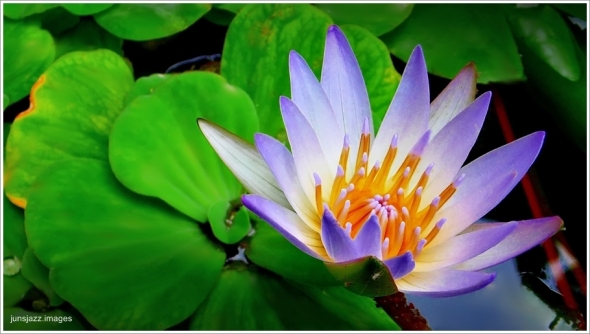 Two months ago a design company expressed interest in buying the rights to use my images. They wanted to buy an initial 100 images as first batch. I was pleasantly surprised since the only other time I sold my images was years ago – a couple of pics to a travel website, and one to a local airline for their inflight magazine. Just small deals, but this one now is big. Photography is just a hobby, and if I get to earn on the side, well why not. They asked for the price of a picture. I gave them my rate. They were aghast. They said their current photographer sells them at a low, low price. I was shocked at learning of their photographer’s rate and commented that their guy was almost giving away his images for free! I searched for their photographer’s images and, bragging aside and with all due respect to that photographer, there was no point in comparing. The company owner admitted that my images were far superior in colors, details and composition, and were exactly what they were looking for. I said quality images don’t come cheap, just like any other quality product and service out there. They were upfront enough to admit that they had no budget for my rate. Did I budge? I’m always a reasonable guy, so I lowered my rate a bit considering that they were a start-up and were buying in volume. They said they’ll think it over and would contact me. A couple of months passed and I haven’t heard from them. Did I regret my decision? No. I still believe that quality images come at a premium. Every picture I take carries a part of me with it – my patience, my knowledge, my passion, my style. Heck, a bit of my soul is on every image I make. I can’t sell that for “two-cents” worth! You want cheap, then you’ll have to settle for a cheap image somewhere else. The flower pic above was one of the many they were interested in. What do you think?
Two months ago a design company expressed interest in buying the rights to use my images. They wanted to buy an initial 100 images as first batch. I was pleasantly surprised since the only other time I sold my images was years ago – a couple of pics to a travel website, and one to a local airline for their inflight magazine. Just small deals, but this one now is big. Photography is just a hobby, and if I get to earn on the side, well why not. They asked for the price of a picture. I gave them my rate. They were aghast. They said their current photographer sells them at a low, low price. I was shocked at learning of their photographer’s rate and commented that their guy was almost giving away his images for free! I searched for their photographer’s images and, bragging aside and with all due respect to that photographer, there was no point in comparing. The company owner admitted that my images were far superior in colors, details and composition, and were exactly what they were looking for. I said quality images don’t come cheap, just like any other quality product and service out there. They were upfront enough to admit that they had no budget for my rate. Did I budge? I’m always a reasonable guy, so I lowered my rate a bit considering that they were a start-up and were buying in volume. They said they’ll think it over and would contact me. A couple of months passed and I haven’t heard from them. Did I regret my decision? No. I still believe that quality images come at a premium. Every picture I take carries a part of me with it – my patience, my knowledge, my passion, my style. Heck, a bit of my soul is on every image I make. I can’t sell that for “two-cents” worth! You want cheap, then you’ll have to settle for a cheap image somewhere else. The flower pic above was one of the many they were interested in. What do you think?
Gosh I miss this community! I miss my blogger friends here! I hope everyone is doing fine. As I always encourage everybody – keep on clicking!
Glorious details
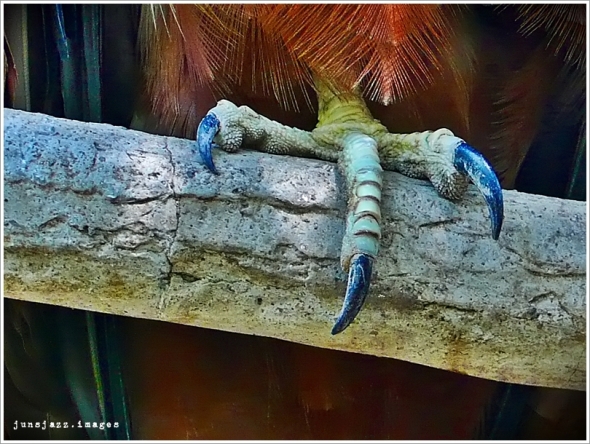 Our eyes are oriented to take in the big picture. Our front-facing horizontal field of view including peripheral vision can cover as much as 270 degrees. That’s a whole panoramic world in one snap of our eyes. That wide image that we see however is made up of small glorious details which we sometimes miss. We must train ourselves to focus and see them. One thing I’ve learned in photography is that it is as much as taking in the particulars as it is capturing the complete image.
Our eyes are oriented to take in the big picture. Our front-facing horizontal field of view including peripheral vision can cover as much as 270 degrees. That’s a whole panoramic world in one snap of our eyes. That wide image that we see however is made up of small glorious details which we sometimes miss. We must train ourselves to focus and see them. One thing I’ve learned in photography is that it is as much as taking in the particulars as it is capturing the complete image.
A nation grieves
It was in the world news early this week. Last Tuesday at 8:10 in the morning, a 7.2 magnitude earthquake struck the tourist island province of Bohol situated in the central Philippines. The power of such temblor was equivalent to 32 atomic bombs, and it flattened houses, crumbled buildings, destroyed bridges, cracked roads and, as of last count, claimed the lives of over 170 people, mostly buried under piles of rubble. The death toll is expected to mount as more bodies are retrieved from under collapsed structures. I have featured Bohol (and the nearby province of Cebu which was also heavily affected) in many previous posts. Both provinces are popular tourist destinations. Bohol in particular is known for its Chocolate Hills , the rare Tarsier, the green Loboc River, pristine beaches and its centuries old churches. Aside from the lives that were lost, the nation grieves with the destruction of 10 heritage churches, all priceless national treasures, some dating back to the 1500s. I had the opportunity to photograph some of these beautiful churches during my early travels, and below I have paired my pictures of them with the pictures I saw in the news in the aftermath of the quake. For us photographers who enjoy capturing old, historic structures, these are heartbreaking sights:
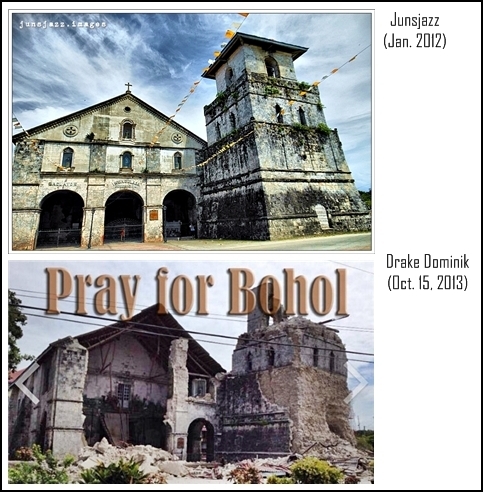 The Church of Our Lady of the Immaculate Conception in Baclayon town, Bohol. Built in 1717.
The Church of Our Lady of the Immaculate Conception in Baclayon town, Bohol. Built in 1717.
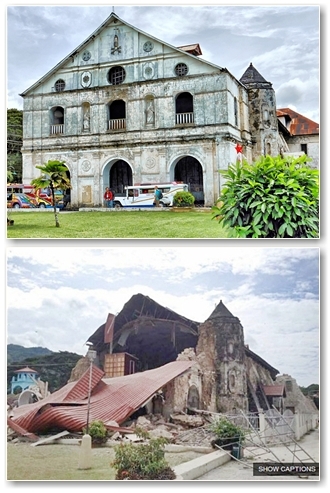 The Church of San Pedro in Loboc, Bohol, originally built in 1602.
The Church of San Pedro in Loboc, Bohol, originally built in 1602.
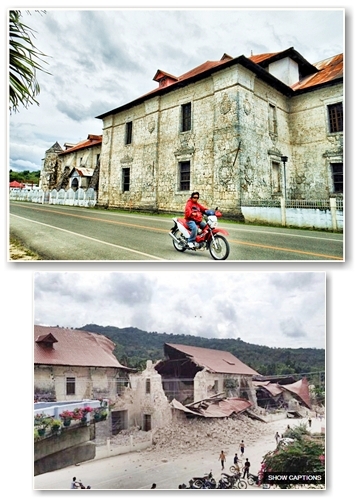
Another picture of the Loboc Church, from the side.
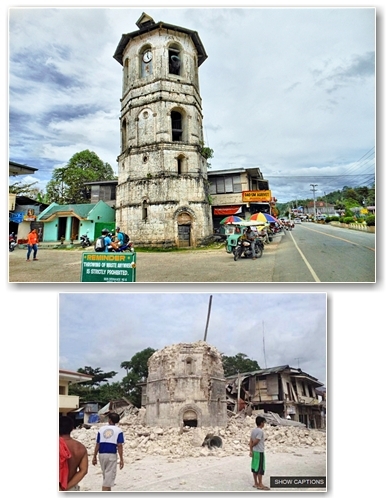 The original bell tower of Loboc Church stands some 100 meters away from the church structure. Now it’s just a stump on the ground.
The original bell tower of Loboc Church stands some 100 meters away from the church structure. Now it’s just a stump on the ground.
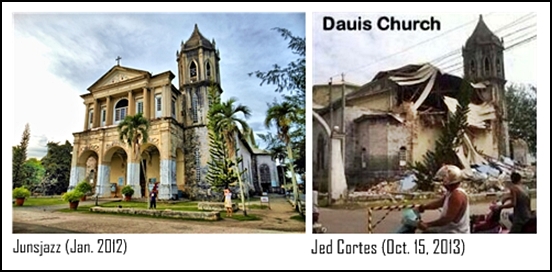 The Church of Our Lady of the Assumption in Dauis, Bohol built by Jesuits in mix style but influenced by Byzantine and Romanesque architecture.
The Church of Our Lady of the Assumption in Dauis, Bohol built by Jesuits in mix style but influenced by Byzantine and Romanesque architecture.
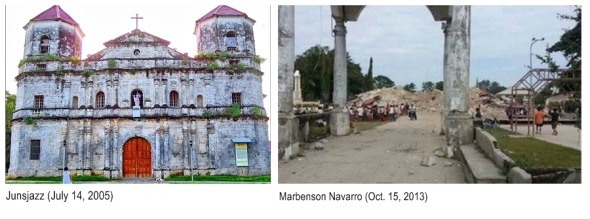 The Church of Our Lady of Light in Loon, Bohol was the biggest church in the province, built in 1753. The whole structure was pulverized to the ground.
The Church of Our Lady of Light in Loon, Bohol was the biggest church in the province, built in 1753. The whole structure was pulverized to the ground.
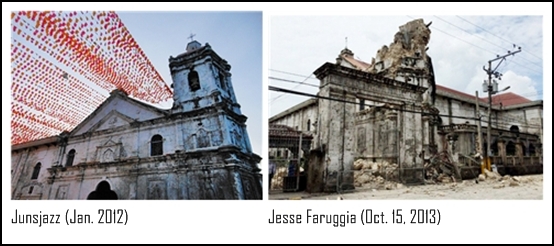 The Minor Basilica of the Holy Child in Cebu City, founded in 1565. It’s belfry fell off.
The Minor Basilica of the Holy Child in Cebu City, founded in 1565. It’s belfry fell off.
These old churches were built with materials during those times – coral stones, mud bricks, limestones – and are most fragile. Throughout their history, they have been subjected to fires, typhoons, previous earthquakes and even World War II. They were the first to come down during the powerful quake this week. Experts are assessing if some of them can be rebuilt, while others like the Loon Church which was flattened, may have a new church built on the site. I am quite fortunate to have captured the beauty and grandeur of these churches in their original condition before the disaster. Now I have them immortalized in images, and preserved in my memory as I saw them in their full glory.
Note: These churches are featured in Junsjazz Images & Inspiration Digital Magazine Issue #2.
Photos are “made”
Article Excerpt:
The best photo images are not taken anyway, they are “made,” and I have always thought that learning photo composition is not that much more different than learning anything else. Some people just catch on faster than others, but eventually with practice most people can do it. How long that will take mostly depends on how you go about it. The only real way to practice composing an image is by recording them on film, or digitally, so that you can see what you did right, and what you did wrong? It is actually all of your mistakes that teach you how to do it right the next time. However, just slapping a lens on your camera and shooting away is not the answer either. As the saying goes, “There has to be a method to the madness.”~by Paul W. Faust from his article The Art of Seeing: An Exercise in Photo Composition
Missed you all!
After nearly two months, I missed a lot – this blog and the great WP community of photo blogger peers – that’s all of you my friends! My apologies, I’ve been bogged down by online work. But my deepest thanks to all who commented, liked and visited during my absence. I’ll try my best to go around and visit your blogs during my free time. Keep on clicking everyone!

A new chapter in this life journey
Starting tomorrow August 19, 2013, I become part of a U.S.-based advertising agency. The company president invited me to join her team of creative professionals to do work on a full-time basis. The job includes writing online content and designing blogs and websites – things that are right down my alley. I’ll be a remote staff, doing work from home. This post is not about saying goodbye to blogging. Previously I was doing online freelance work so I had more time in my hands, enabling me to do multiple posts a day early on when I started this blog October last year. By tomorrow I may not be able to follow my habit (yes it has become a habit) of daily posting. This blog will continue but not on its frenetic pace, it will slow down a bit. I still have many pictures to share together with experiences, stories and learnings. I thank all of you my blogging peers for making this online activity for the past 10 months very worthwhile, enjoyable and meaningful. But, probably like every one of you, blogging is just one chapter of my life. There are others, and for me a new one starts tomorrow which requires my undivided time and skill. I will have to focus on that. For the meantime this is JJ saying “Take care my friends and keep on clicking!”








































